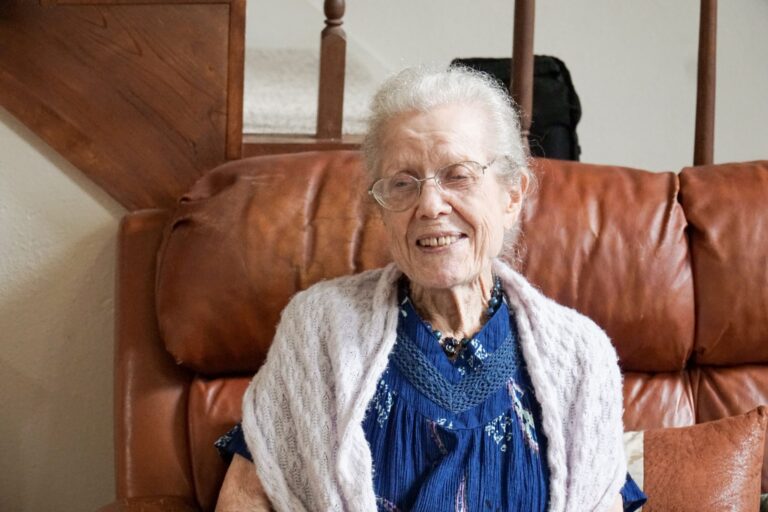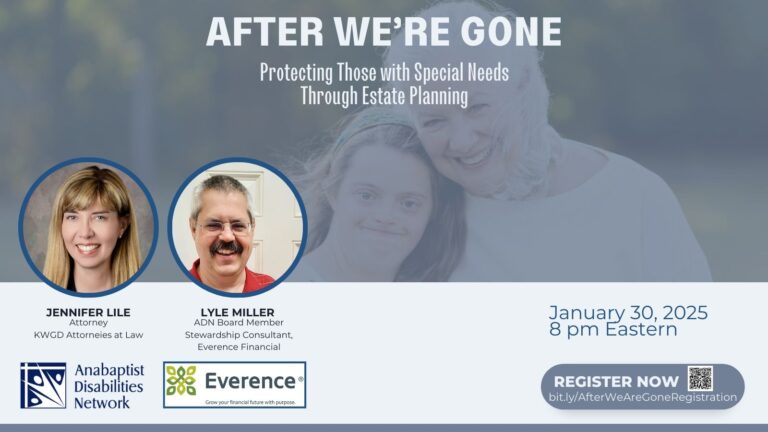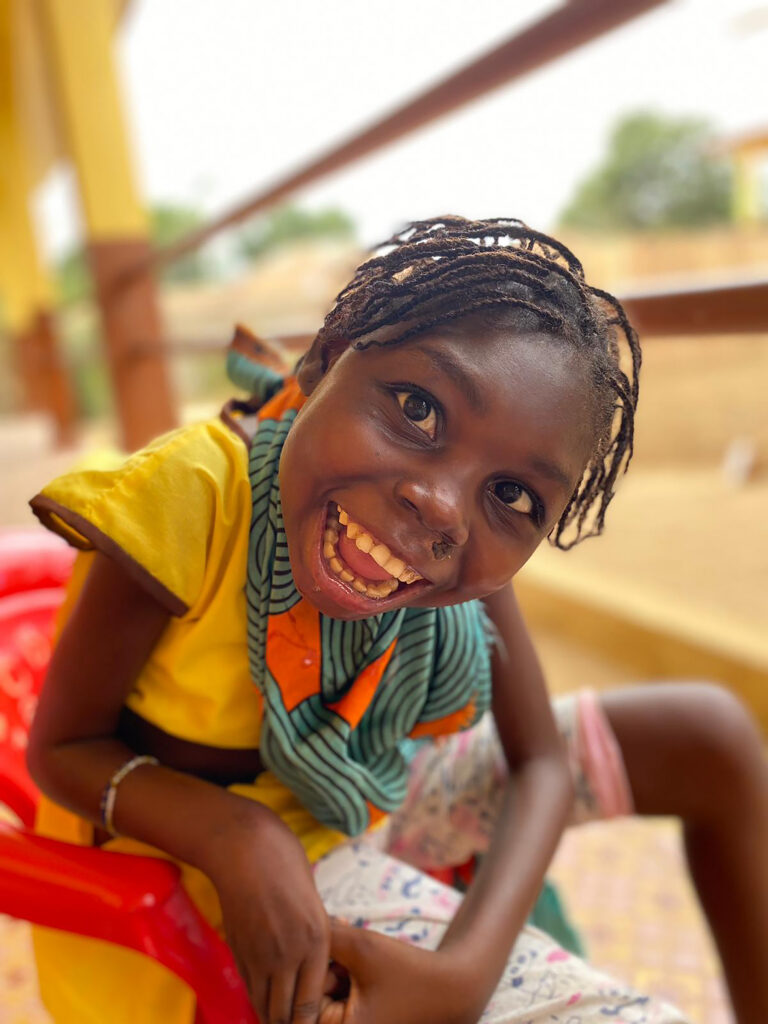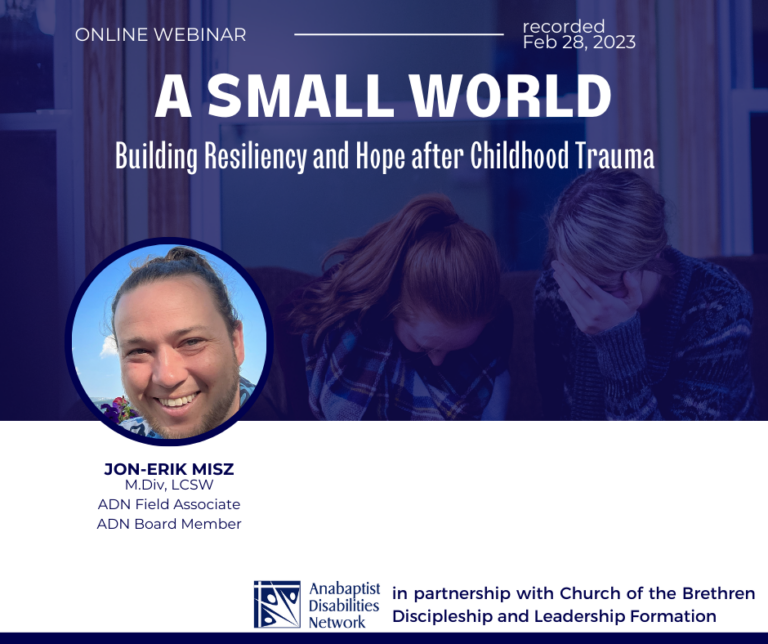Considering the Intersections of Trauma and Disability
When considering people with disabilities in our congregations, attending to the needs of trauma survivors is often not a first priority. However, many people with disabilities have also experienced trauma. In fact, more than half of the general population (both disabled and non-disabled people) have experienced at least one traumatic event.1 Unfortunately, people with disabilities experience trauma at even higher rates.2
Traumatic experiences consist in single or multiple events involving the threat or reality of death, serious injury, or compromised physical integrity of oneself or others. These traumatic experiences are marked by helplessness, horror, or fear.3 Examples of trauma include childhood abuse, military trauma, domestic violence, accidents, natural disasters, and bullying.
Trauma among people with disabilities comes in a variety of forms: women with intellectual and developmental disabilities are 12 times more likely to be sexually assaulted than non-disabled people,4 acquired disabilities often result from acute traumatic events (such as a brain injury from a car accident), survivors of childhood trauma have higher rates of learning disability,5 and finally, people living with congenital disabilities often experience trauma from repeated medical procedures, or extended isolation from loved ones due to frequent hospitalizations.6 This non-exhaustive list introduces the prevalence of co-existing experiences of trauma and disability.
Trauma survivors, including many of us reading this article, fill our ministry contexts as pastors, leaders, and lay people. As our congregations focus on amplifying the witness and leadership of people with disabilities, as well as improving accessibility, attending to the realities of co-existing trauma and disability is critical. Our congregations can serve as places that acknowledge the depths of despair that can come from trauma’s threat to our integrity as whole people. As congregations, we can cultivate and invite people into a community where our pain is not hidden or shamed. Instead, our congregations can offer the promise of accompaniment and sustained life together, even in the face of trauma.
How might our congregations respond with practices that promote access and belonging? I have already highlighted here how awareness and education are an important first step. But what about concrete practices? Consider cultivating practices of accessible care in your congregation,7 like silent presence and lamenting together by decrying the injustices that perpetuate trauma in our world. These practices of lament might include reading, singing, or praying the Psalms, preaching, or naming our hopes for God’s coming good future of new creation. We might also consider reading the Bible through a trauma-informed lens – connecting with stories of traumatic loss and grief that appear throughout Scripture.8
These practices can help our congregations acknowledge trauma as a painful and common human reality, responding through accompaniment and lament. These practices help us remain present to those who have survived and to empower those who live with identities at the intersections of disability and trauma to flourish in their congregational participation.
Resources for Building Congregational Awareness and Facilitating Formation
Trauma and Theology
- Lisa Barnes Lampman’s God and the Victim: Theological Reflections on Evil, Victimization, Justice, and Forgiveness
- Shelly Rambo’s Spirit and Trauma: A Theology of Remaining & Resurrecting Wounds: Living in the Afterlife of Trauma
- Serene Jones’s Trauma and Grace: Theology in a Ruptured World (2nd edition)
Trauma and Scripture
- Elizabeth Boase and Chistopher G. Frechette’s Bible through the Lens of Trauma
- Kathleen M. O’Connor’s Jeremiah: Pain and Promise
Trauma and Pastoral Care
- Pamela Cooper-White’s The Cry of Tamar: Violence Against Women and the Church’s Response
- Theresa B. Pasquale’s Sacred Wounds: A Path to Healing from Spiritual Trauma
- David W. Peters’s Post-Traumatic God: How the Church Cares for People Who Have Been to Hell and Back
- Deanna Thompson’s Glimpsing Resurrection: Cancer, Trauma, and Ministry
General Books on Trauma
- Susan J. Brison’s Aftermath: Violence and the Remaking of a Self
- Judith Herman’s Trauma and Recovery: The Aftermath of Violence – from Domestic Abuse to Political Terror
- Bessel van der Kolk’s The Body Keeps the Score: Brain, Mind, and Body in the Healing of Trauma
- Laura van Dernoot Lipsky’s Trauma Stewardship: An Everyday Guide to Caring for Self While Caring for Others
- Resmaa Menakem’s My Grandmother’s Hands: Racialized Trauma and the Pathways to Mending Our Hearts and Bodies
- Babette Rothschild’s 8 Keys to Safe Trauma Recovery: Take-Charge Strategies to Empower Your Healing
Trauma-Informed Care: A new resource for congregations from the Calvin Institute of Christian Worship
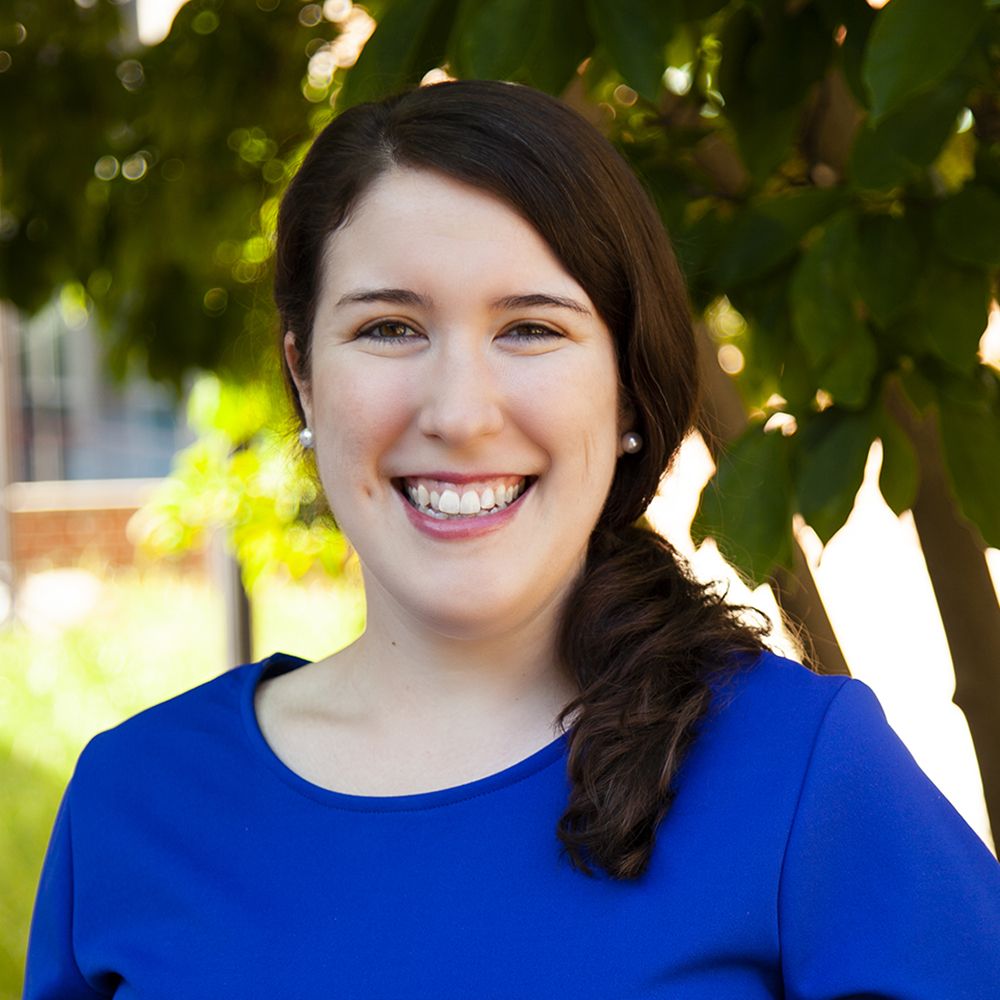
Dr. Sarah Jean Barton is a theologian and occupational therapist. Her scholarship and teaching focus on the intersection of church life and theology with issues related to disability, mental illness, and trauma. Dr. Barton completed her Doctor of Theology at Duke Divinity School and currently serves on the faculty of Western Theological Seminary in Holland, MI as a Henri Nouwen Fellow. She teaches courses in Christian ethics, theology, and pastoral care. She has published and presented in a wide range of academic and ecclesial settings on issues related to Christian theology and disability, mental health, trauma, bioethics, occupational therapy, spirituality, and global health. When she’s not teaching or writing, Sarah enjoys spending time outside with her spouse, the Rev. Andrew Phillips (an elder in the United Methodist Church), and their tiny dog Jed.





